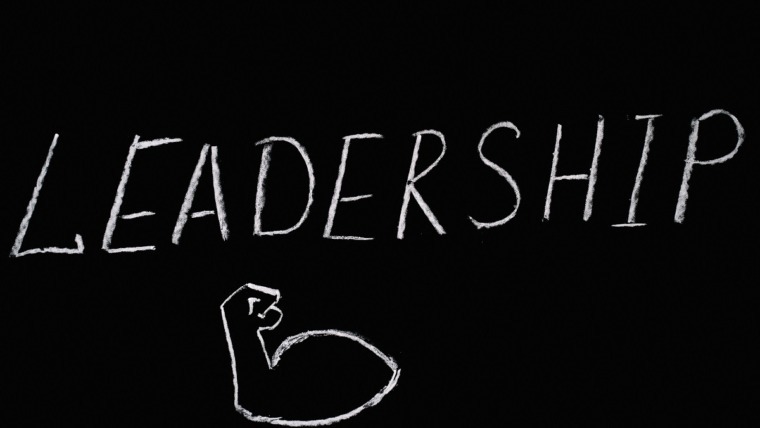
Written by Grace Conyers
We all want to get more done in a day. We also want to be able to be spontaneous when opportunities come up. As an entrepreneur, I get that. As a mother, I feel that. As an adult ADHD juggler, I see your struggles – and smile because I’m there too.
One way that is touted to build flexibility into the day, while still being productive is to multitask. Most people want to multitask so they can free up time for other things later. Multitasking has it’s time and place, but it’s not everything. The secret is in having your priorities in order and building in buffer space.
The real secret? Having a plan and a planner, taking a week at a time, and keeping it positive.
Let’s start with the plan, as that’s the hard part.
Most people, myself included, want to do a lot. The dreams are bigger than the time allowance. But, we all have the same 168 hours in the week to use as we see fit. Most of us work with and around other people’s needs and desires that contend with our time. That’s why we need to look at our priorities and put those first.
Priorities define goals, goals define tasks. Tasks are what you put into your planner to work on throughout the week.
Maybe your priority for work is to get more clients. The goal might be to get one more lead that week. The tasks would be to reach out to 20 people. You’d fill out your planner with 20 slots during working hours to make phone calls, text, send thank you notes, reach out on social media to potential clients, etc.
Of course, you do the same thing with your home and personal priorities.
Keep your priority in any given week to one priority. Keep your goals to one big goal or two – three smaller ones. If you have a big project like installing a brand new back patio, you’d keep the same priority several weeks in a row until it’s completed.
The plan and priorities are so you don’t get overwhelmed. It’s a foundation to keep things going forward, too.
With that as a foundation, let’s talk about a buffer.
If you are like me, you overestimate your capabilities. Sadly, none of us are demigods or superhuman. We need sleep, food, and hygiene. We need time to unwind. While, yes, these can be scheduled in, there will be times when life gets out of control and you’ll need a buffer zone.
I, personally, schedule these in daily and weekly. Daily I schedule an hour at the end of the work day to catch up on a project in case someone called unexpected. Then, at the end of the week, I actually have nothing scheduled on Friday to catch up on anything that might have fallen through during any chaos.
This buffer is a way to allow yourself to feel great about saying yes to last minute opportunities or requests as they come up through the day.
You know it’s not that easy.
I’ve been using this as a foundation of my productivity for a long time. It’s simplistic. It doesn’t take a lot of moving nuts and bolts so I can keep track of it – even on terrible ADHD weeks where I can’t focus on literally anything. I’ve learnt a few pitfalls along the way, as well as how to work with them.
Pitfall one: Extremely busy days with lots of deadlines and demands
Take a deep breath and focus on just meeting one thing at a time. Give yourself grace if things start slipping and falling behind. You can try to catch up in your buffer times.
Pitfall two: Putting too much on your plate.
There is lots of evidence out there to show that we should multitask, but that’s not quite true. You can multitask as long as the activities are paired in such a way that you have one physical, one mental. Like washing the dishes and listening to a lecture.
Pitfall three: You’re ill or just not feeling it.
Take a day off, then re-evaluate what’s possible. If it’s true illness, put all your priorities to getting well, then come back at it. If it’s a blah feeling, take a day, then work back into it slowly.
Pitfall four: Unforeseen major problems
Well, you can’t plan for these things, and they disrupt life. Whether it was a massive accident, machines failing, or a worldwide pandemic throwing a ratchet into your plans the best thing you can do is just take things in stride. Look at your desires, then start with a new set of priorities. Don’t give up, just reroute within your current reality.
Pitfall five: Family members not being on the same page.
Communicate, communicate, communicate. This means both listening and working with others as well as making sure all of your needs aren’t overrun. You can’t make things work in a vacuum, neither can they. So, work as a team cheering each other on and supporting each other equally.
Pitfall six: Last minute have-to-be-done-now tasks.
Realise that you’re out of milk, and you need some for the next day? How about the last minute realisation from a child about homework needs? If you can, work in a task like picking up the milk when a kid is at practise. If you can’t, then use it as a lesson in planning better, then tap into your creativity to “make do.” In the end, making do is not the end of the world and we will always find that we aren’t on top of everything.
It’s a bit of a juxtaposition that you gain flexibility by planning carefully, giving yourself a buffer regularly, and giving yourself grace when the chaos of life doesn’t care about your carefully laid plans. In the end it’s a balancing act. If you fall, just lay there laughing a moment, then get back up.
The ADHD Entrepreneur’s The ADHD Entrepreneur’s The ADHD Entrepreneur’s The ADHD Entrepreneur’s



